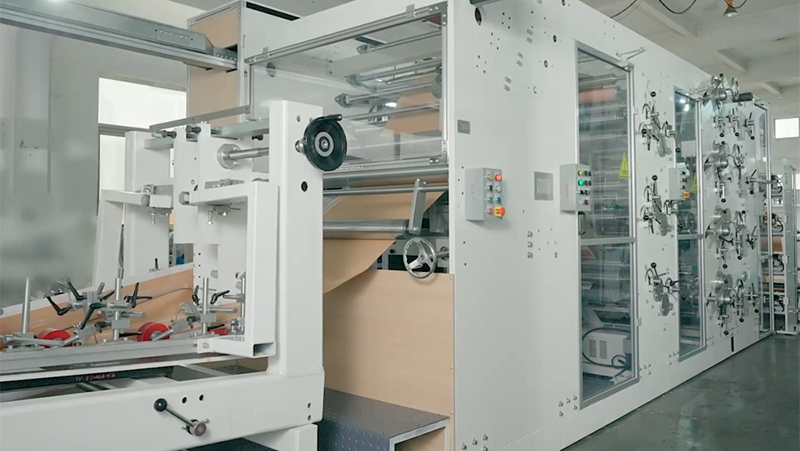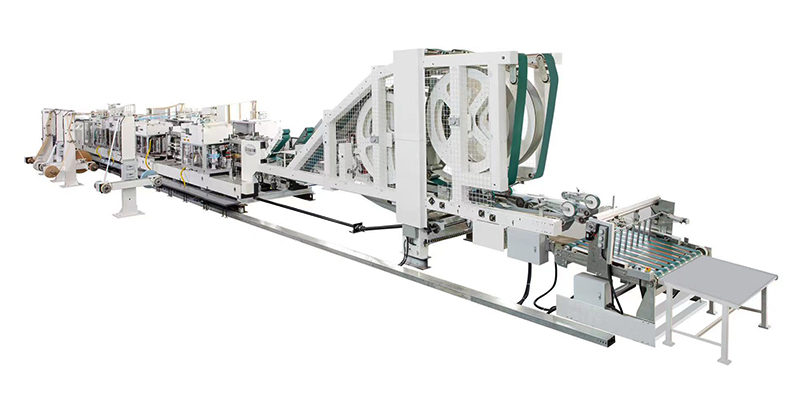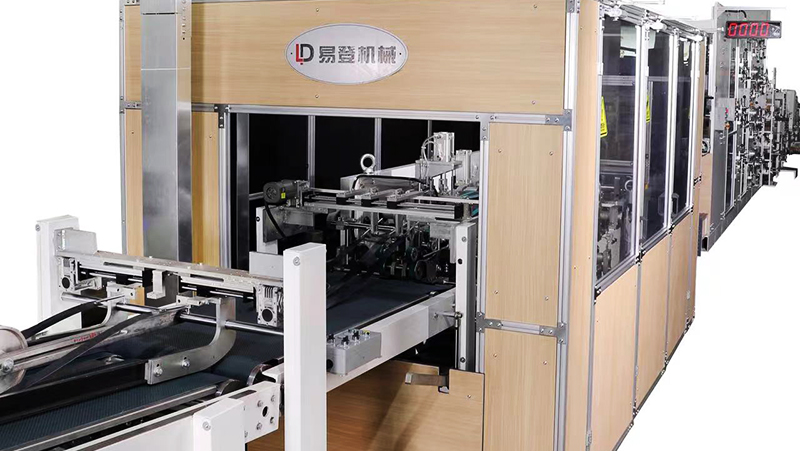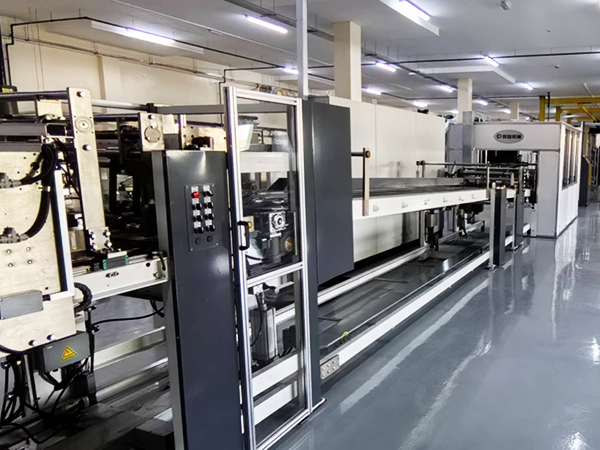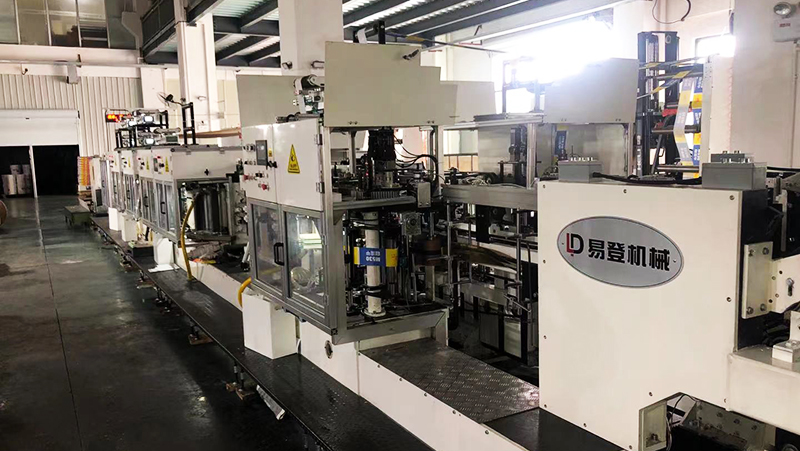Cement paper sack machines are specialized industrial equipment designed to automate the production of durable, eco-friendly packaging for cement and other powdered materials. These machines streamline the manufacturing process, ensuring high-speed production, precision, and consistency. This article explores the functionality, components, and advantages of modern cement paper sack machines, emphasizing their role in sustainable industrial operations.
1. Core Components and Operation
A cement paper sack machine integrates multiple subsystems to transform raw materials into finished sacks. Key components include:
- Paper Roll Feeding System: Unwinds and aligns kraft paper rolls (typically 2-5 layers) for multi-ply sack construction.
- Tube Formation Unit: Shapes paper into cylindrical tubes using ultrasonic welding or adhesive bonding.
- Printing Mechanism: Applies branding, weight specifications, or safety labels with high-resolution flexographic printing.
- Bottom Sealing and Cutting: Creates airtight seals using heat or glue, then cuts tubes into individual sacks.
- Automatic Filling Integration: Synchronizes with filling systems to load precise cement quantities (25-50 kg standard).
- Quality Control Sensors: Detects defects like misaligned seams or inconsistent thickness in real time.
2. Technical Advantages
- High-Speed Output: Modern machines produce 120-200 sacks per minute, reducing labor costs by 70% compared to manual methods.
- Material Efficiency: Precision cutting reduces paper waste by up to 15%, supporting sustainability goals.
- Durability: Produces sacks with 8-12 kN/m tensile strength, capable of withstanding transportation stresses.
- Flexibility: Adjustable settings accommodate varied sack sizes (10-50 kg) and paper grades (70-120 gsm).
- Compliance: Meets ISO 9001 and ISO 14001 standards for quality and environmental management.
3. Sustainability Impact
Cement paper sacks are 100% recyclable and biodegradable, aligning with global circular economy initiatives. Advanced machines optimize energy consumption (15-25% lower than older models) and enable the use of recycled paper content (up to 40%), reducing carbon footprints for cement producers.
4. Maintenance Best Practices
- Conduct weekly lubrication of chain drives and bearings.
- Replace wear-prone parts like cutting blades every 6-8 months.
- Use IoT-enabled machines for predictive maintenance, minimizing downtime.
5. Industry Applications
Beyond cement, these machines create packaging for:
- Dry construction materials (gypsum, mortar additives)
- Agricultural products (fertilizers, animal feed)
- Industrial powders (fly ash, silica sand)
Future Trends
Emerging technologies like AI-driven defect detection and servo-motor synchronization are enhancing precision, while modular designs allow faster retooling for custom sack configurations.
Conclusion
Cement paper sack machines represent a critical investment for manufacturers prioritizing efficiency, cost reduction, and environmental responsibility. By adopting advanced models, producers can meet rising demand for robust, sustainable packaging while maintaining competitive operational margins.


